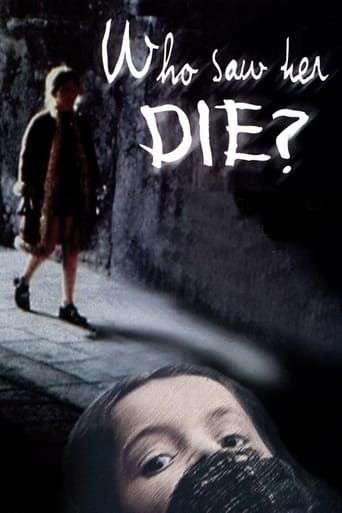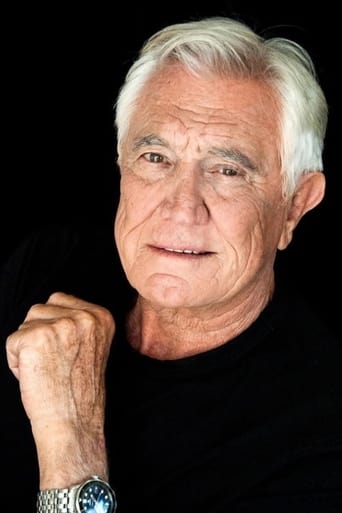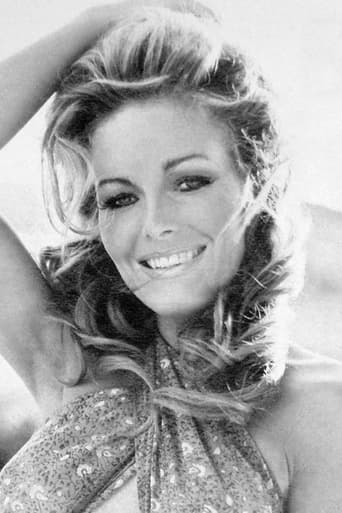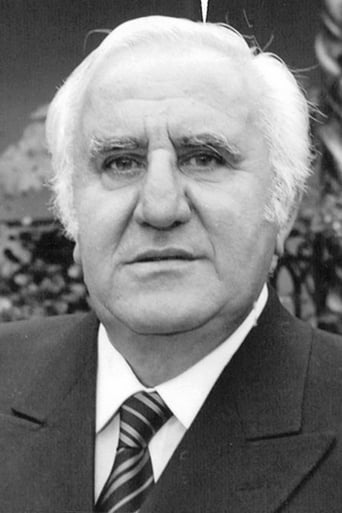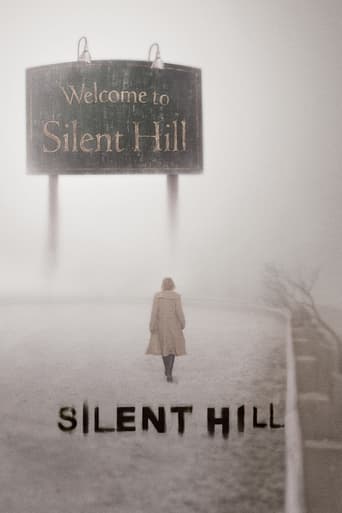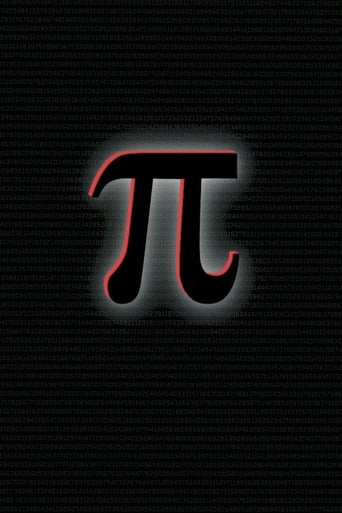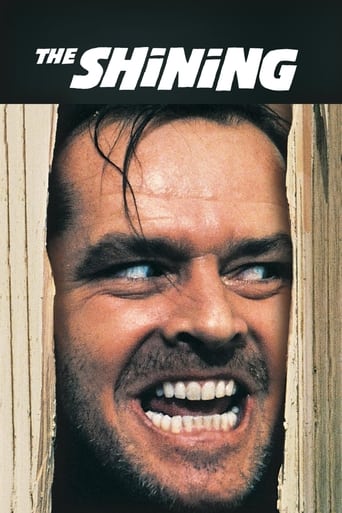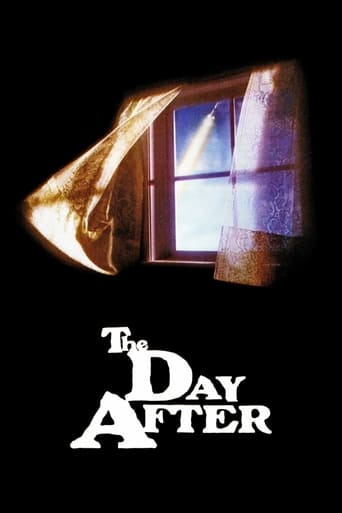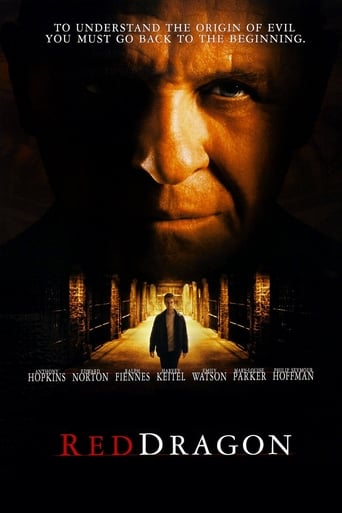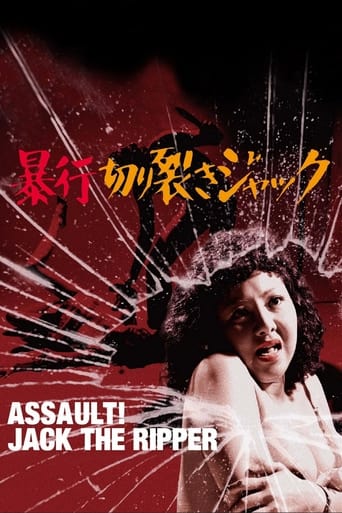Who Saw Her Die? (1972)
Between a four-year gap in the murder of a young girl, the daughter of a well-known sculptor is discovered dead, and her parents conduct an investigation, only to discover they are in over their heads as the body-count keeps rising.
Watch Trailer
Cast


Similar titles
Reviews
Pretty Good
Expected more
A waste of 90 minutes of my life
Through painfully honest and emotional moments, the movie becomes irresistibly relatable
Here's an atmospheric little giallo gem which bears many similarities with Nicholas Roeg's classic horror movie DON'T LOOK NOW - the Venice setting, the artistic camera-work, the murder of a child, and the father's obsession with hunting the mystery villain. This time, however, it's not a case of the Italians ripping off an American movie - WHO SAW HER DIE? is the obscure movie that actually came first, and obviously inspired Roeg enough for him to make his movie. The similarities are just too distinct. The Venice locations here are put to excellent use as the camera explores the labyrinthine streets, and there are many tracking shots and aesthetically pleasing images which make it a very beautiful film visually. Even the blood is bright red in colour, which make look fake but adds to the movie's colour palette and at least looks good. All this and an excellent score by music maestro Ennio Morricone, who uses a children's choir to give the film real atmosphere and tension.A virtually unrecognisable George Lazenby (the Australian Bond of ON HER MAJESTY'S SECRET SERVICE) takes the lead role of Franco, the man obsessed with discovering his daughter's killer. As the plot unfolds Lazenby does his bit, putting in a perfectly adequate performance that you wouldn't expect from this much-maligned actor. There's a strong female supporting cast (most of whom go naked at one time or another, as did most in the gialli genre of the period) including Anita Strindberg as Franco's grieving wife, Rosemarie Lindt (who holds the key to the mystery) and many others. Adolfo Celi enjoys himself in a minor part as an upper-crust critic with a dark secret, whilst Peter Chatel is very effective in the part of a sleazy paedophile, a character you can really believe.On the downside, the film is a little slow-paced and lacking in incident, but the top-notch cinematography and Aldo Lado's ultra-stylish direction, you just won't notice. Lado has fun with his mystery killer, inserting lots of point-of-view shots in which the murderer's face is covered by a black veil, an interesting and unique effect. Although the final revelations are quite small-scale (I was hoping for a conspiracy a little wider in reach) there are some fine set-pieces, including a really suspenseful moment in which Strindberg is trapped in a house with whom she thinks is the killer, and a cat-and-mouse game between Lazenby and killers at an abandoned warehouse. Although the identity of the killer is a bit of a letdown, Lado makes up for this by having a great fiery death for the slasher, who stumbles off a balcony whilst burning alive - and just for good measure he repeats the scene over and over. WHO SAW HER DIE? isn't a brilliant work but fans of the genre should be more than happy with this classy little movie.
To my shame, I've yet to see Nicholas Roeg's celebrated 1973 classic Don't Look Now, which by all accounts was heavily influenced, both thematically and stylistically, by this lesser giallo by Aldo Lado (The Night Train Murders, Short Night of the Glass Dolls). I can only hope that Roeg's film doesn't prove equally as disappointing...Boasting decent cinematography, a brutal veiled killer who thinks nothing of killing kids, and a haunting Ennio Morricone score, Lado's film possesses an undeniably unsettling atmosphere, but still manages to be a frustratingly weak affair overall, a dreary, unmemorable murder mystery so baffling that it really isn't worth the effort trying to follow.After several relatively tame murders that slowly whittle down the list of suspects, and scene upon scene of hippy-haired, mustachioed artist Franco (George Lazenby) running around Venice following a trail of clues, we finally find out who the killer is and what their silly motive is. Be prepared to be seriously under-whelmed and quite possibly still very confused.
Released a year before Roeg's great Venetian mystery drama "Don't Look Now", this - thanks to the fine location work - stylish and good-looking giallo is otherwise vastly inferior to its counterpart despite their narrative similarities.The attempts at suspense and thrills are ridiculous, the character motivation is idiotic beyond belief, the suspects are just a bunch of comic freaks, Morricone's score becomes grating after a while and the denouement is obvious from the get-go.Though polished and featuring a comparatively prominent cast - with Lazenby looking particularly unhappy -, this crude and tasteless genre offering is even worse than some less known gialli.2 out of 10 unveiled killers
Another film that uses Venice as a kind of infernal labyrinth of desolation and grief, pre-dating Nicholas Roeg's celebrated supernatural thriller Don't Look Now (1973), while simultaneously capturing the melancholy spirit of Visconti's near-iconic adaptation of Tomas Mann's Death in Venice (1971). Although somewhat rough around the edges, Aldo Lado's Who Saw Her Die? (1972) is nonetheless one of the more credible Giallo films of the post-Argento landscape; capturing that similar air of pervasive mystery, intrigue and suspense, alongside an evocative depiction of a Venice out of season - here used to convey the lost, hopeless confusion of the central character, as he attempts to find his daughter's murderer in this never-ending maze of wandering streets and endless canals - all the while offering a myriad of dark corners and empty, dilapidated storefronts for the killer (or killers) to lurk.With this in mind, the title becomes a self-reflexive comment on both the narrative and the voyeuristic nature of the thriller genre itself; as George Lazenby's character Franco poses the question, "who saw her die?", to which the answer is obviously us (the viewer). We may not have sees the killing itself, or indeed, the moment of death, however, as a collective audience, we are undoubtedly in a greater position of information than Franco, having literally witnessed the scene unfold through the eyes of the killer until the moment of capture, making us somewhat implicit within the eventual tragedy. "Who saw her die?" It is also important in stressing the significance of the investigation within the Giallo film genre, more so than the actual resolution. It has often be said about Argento's work, particularly a film like Four Flies on Grey Velvet (1971) or his masterpiece Deep Red (1975), that the process of elimination, both in the sense of eliminating the potential suspects, as well as the supporting cast, is more enjoyable than the actual pay off."Who saw her die?" Not a confession, not an admission of guilt, nor a plea for the killer to come forward, but an urging for witnesses; someone who knows something (anything). "Who saw her die?" The implication of the title is used by the filmmaker throughout to establish this world in which the various characters seem to know more than they initially let on; continuing that idea of claustrophobia, of the world closing in on these characters as the net of information grows ever tighter. Again, "who saw her die?" The opening scene offers some information, with a chilling sequence taking place at a mountain resort near the French Alps, where a young girl, breaking away from her beleaguered nanny, is beaten and subsequently buried beneath a drift of snow; the entire sequence shot from the perspective of the killer, whose black veil covers the camera, obscuring the image and again, hinting at that same titular question.Once the story cuts ahead, picking up with Franco and his visiting daughter and the eventual reconciliation between separated husband and wife, reunited through tragedy, we get the formation of the typical Giallo set-up, wherein the amateur sleuth - who may or may not know more than they initially realise - begins a process of investigation. The resulting story offers a number of interesting twists and turns, including the spirit of corruption, blackmail, revenge and other unsavoury character traits, as that feeling of desolation and claustrophobia is expressed visually, with Lado using a series of eye-catching if unconventional locations, jarring camera angles and the fantastic score from Ennio Morricone to bolster the dramatic tension. The film is also notable for introducing a more human element to the story, implicating Franco's negligence as a father as a significant factor in his daughter's disappearance and eventual murder, as well as focusing on the emotional distance between the husband and wife/father and mother, who are brought together again through an act of cathartic lovemaking, in which - again, pre-dating the aforementioned Don't Look Now - with the reconciliation expressed physically, without words.Obviously we have the usual exploitation film shortcomings in abundance - including the post-synchronised sound, the sometimes obvious prosthetic effects, the uncomfortable misogyny, etc - but all of these factors are nicely balanced by the mannered central performances from Lazenby and his leading lady Anita Strindberg, the deft storytelling and subtle thematic complexities of the script, and the skillful direction from Aldo Lado; a vast improvement over the only other film of his that I have so far seen, the sleazy, post-Last House on the Left (1972) exploitation piece, The Night Train Murders (1975). Who Saw Her Die? is a competent and often engaging thriller that makes great use of its Gothic, highly depressing locations, the obvious pulling factor of the central mystery and the always alluring sense of audience participation that the Giallo genre seems to inspire.

